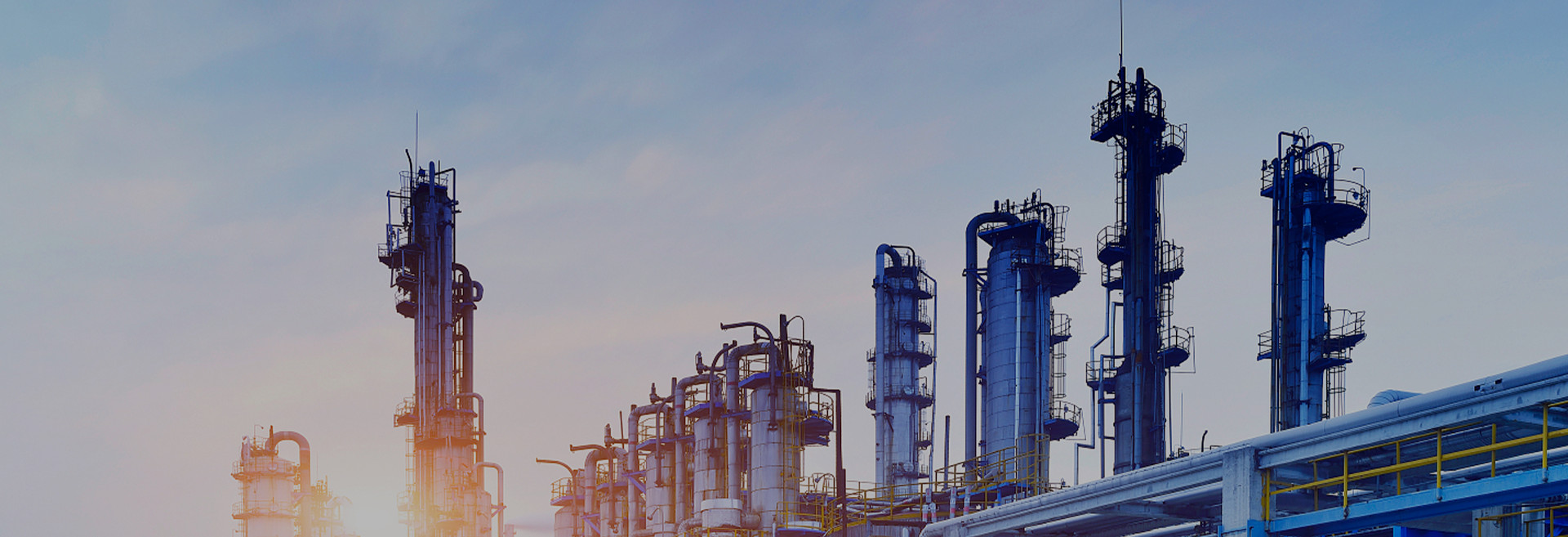CO2 is a non-flammable, non-explosive, non-radioactive gas used worldwide in the physical, chemical, biological and medical fields. Through chemical synthesis, a large number of complex compounds can be produced using 13CO2 as the raw material. These compounds have a wide range of applications in environmental standards, forensic research and diagnostics. It is well known that 13C urea can be used as a urea breath test (after oral administration of 13C-labelled urea to the subject, if H. pylori infection is present in the stomach, the 13C-labelled urea can be broken down into 13C-labelled CO2; therefore, H. pylori infection can be diagnosed by detecting 13C-CO2 in the exhaled breath with a high-precision gas isotope ratio mass spectrometer). (Since orally administered 13C-urea is uniformly distributed after reaching the stomach, H. pylori infection can be sensitively detected whenever it is present at the site of 13C-urea contact). In recent years, more thus extended multiple compounds in non-invasive breath tests have also entered medical practice. In lasers 13CO2 is also used as a laser gas. It is used not only in basic research, but also in the clinic for laser laparoscopy.
Biologists feed algae, bacteria and other microorganisms with isotopically labelled 13C gas to study their metabolic processes using NMR. A variety of amino acids, proteins, fats, sugars and DNA can be extracted from 13C-labelled organisms. the number of extracted components increases dramatically when the labelled algae or bacteria are fed to produce advanced microorganisms. Scientists use the labelled components to determine the structure of macromolecules and the interactions of coordination groups between proteins. Growing algae in an atmosphere of pure 13CO2 allows the algae to be uniformly 13C-labelled, and some people have fed hens with this 13C-labelled spirulina, which allows the study of active amino acids
An important application of 13C glucose and 13C glutamic acid is for compensatory metabolic MRI (magnetic resonance imaging) in the brain. Cell proliferation can be measured with 13C labelled DNA. Using 13C-labelled components and modern 13C-MRS (magnetic resonance spectroscopy) it is possible to explore gene structure and gene quantification for a comprehensive view of human genes and changes in the molecular composition of living cells. Direct application of 13CO2 to biological systems (e.g. covering field soils with enriched 13CO2 air) allows monitoring of carbon dynamics in organisms for life experiments. 13C-labelled substances can be used to track the organic carbon composition of soils as well as the channels of transport.
As plants take up CO2 from the air, CO2 can also be labelled with 13C. This can be used in basic and applied science research. For example, nutrient bioavailability and metabolism of organic matter fed with labelled plants. (Bioavailability of nutrients from different foods in animals and humans). The development of 13C-labelled compounds and analytical instrumentation has led to the expansion of stable isotope applications, opening up new areas of knowledge about humans and the environment
Post time: Jun-26-2024

